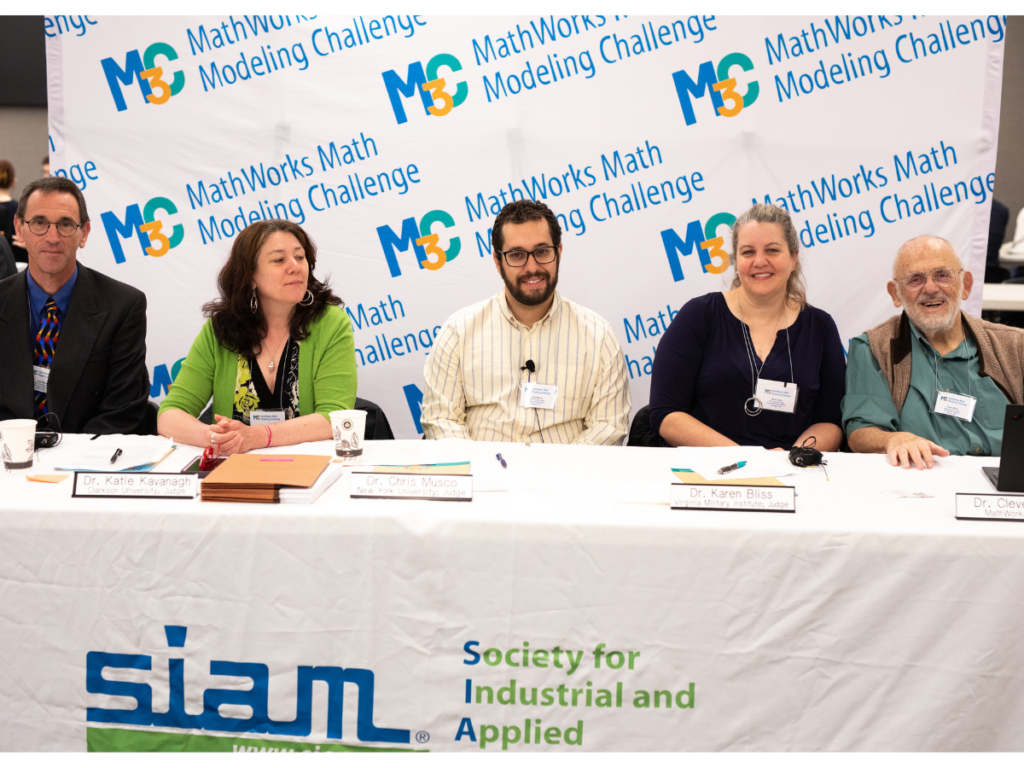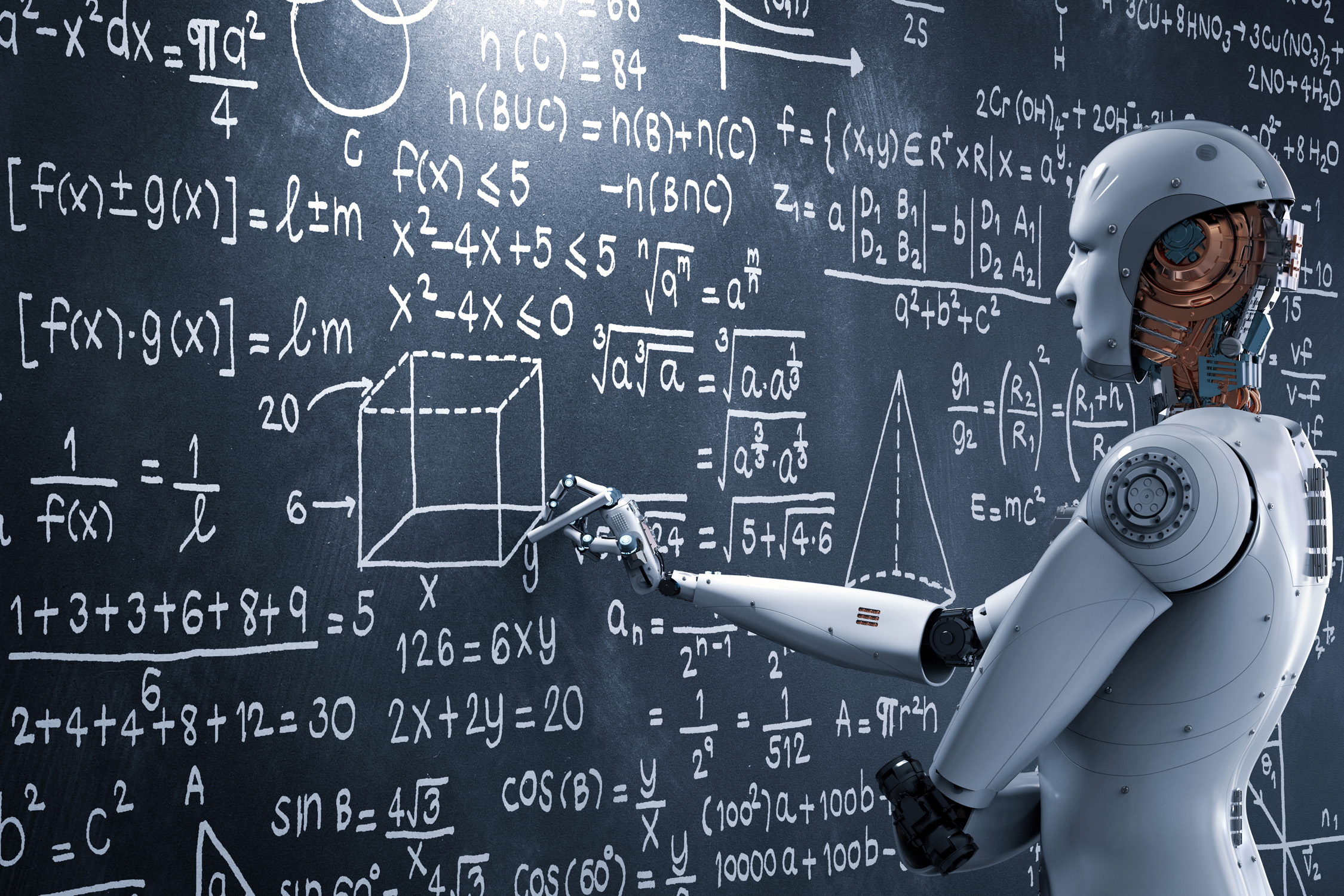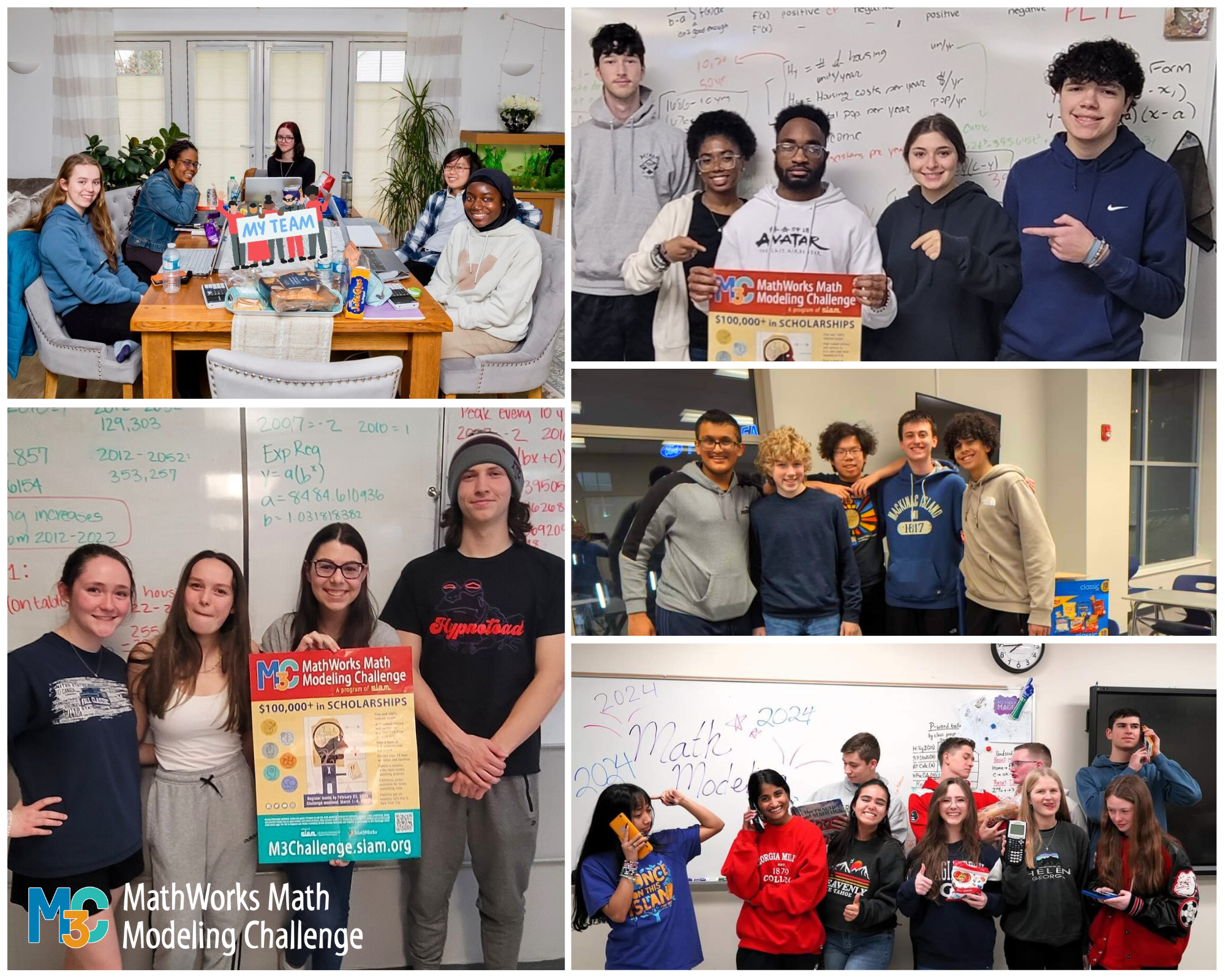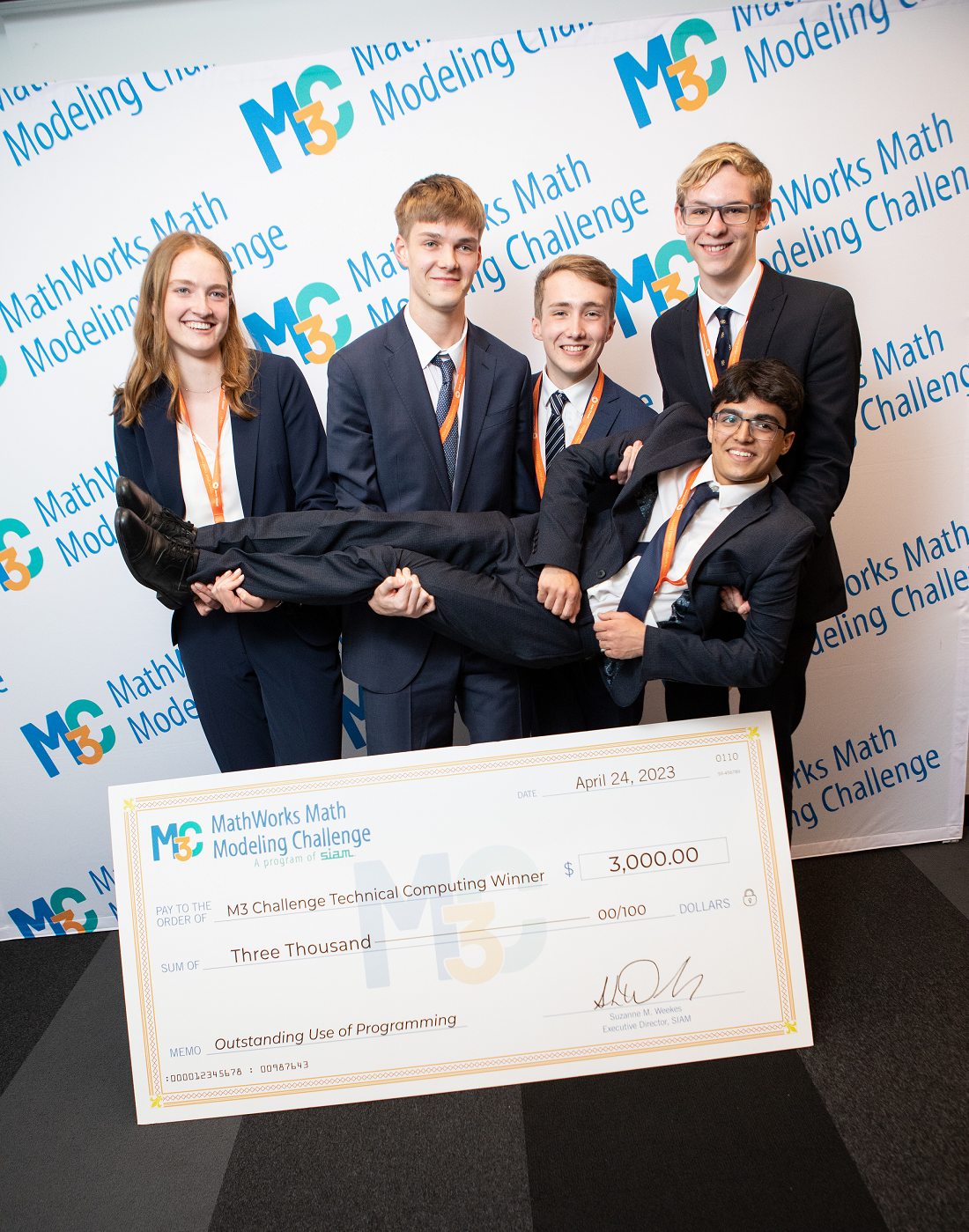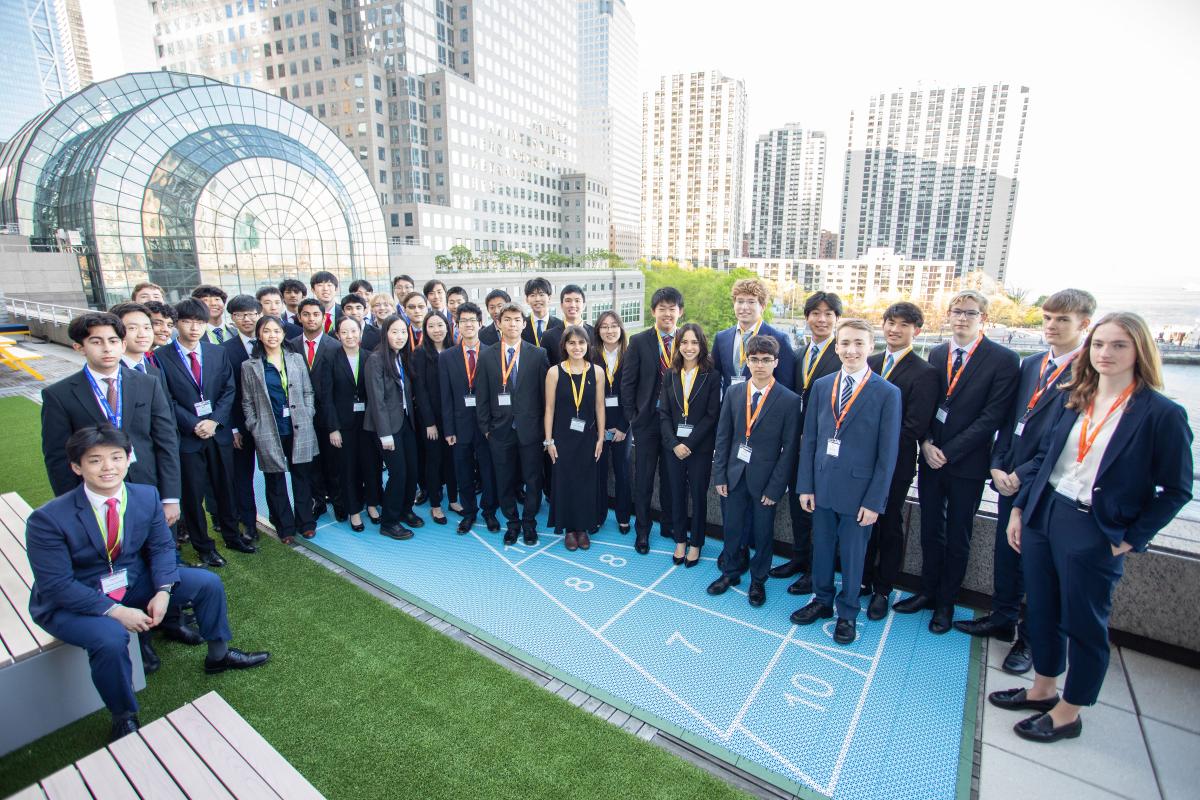M3 Challenge Judges decide which teams receive a share of $100,000+ (£75,000+) in scholarship prizes.

What to Know about Judging

Be Creative
Judges recognize and reward good math modeling work and creative thinking.

Insights and Solutions
Judges look for insights gained and solutions offered with clear explanations of work and reflection on strengths and weaknesses of models.
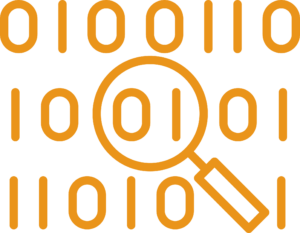
Impress the Judges
Check out this scoring guide to see what judges value when deciding awards.

Get Feedback
Judges are encouraged to provide comments on the solutions they score so teams can get some feedback on their work.

Professionals
Judges are applied mathematicians, mainly PhDs.
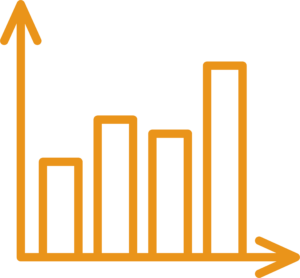
Normalized Assessment
All judge scores are normalized by a calibration process to ensure consistency. Also, solutions undergo blind judging; judges see only team numbers.


